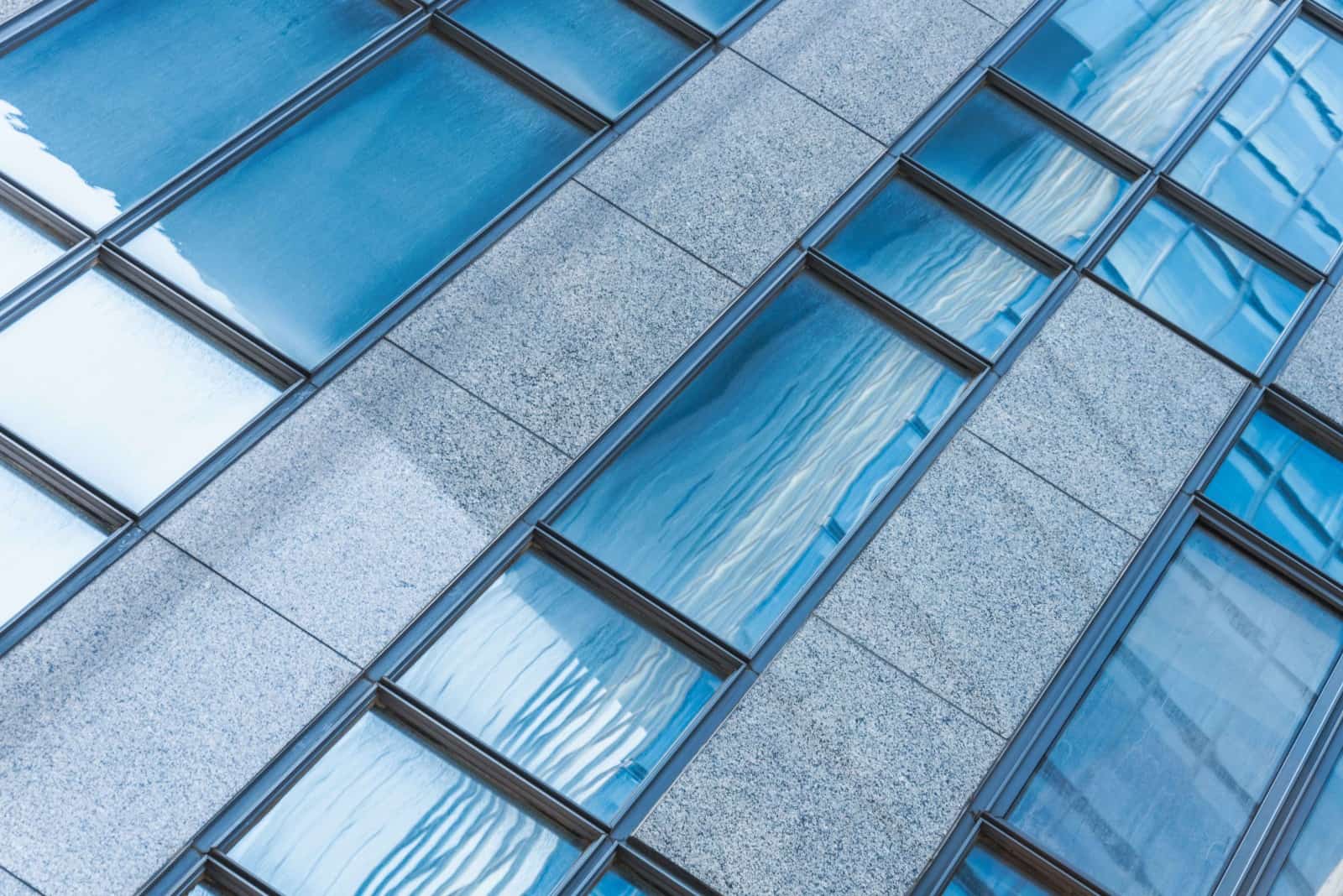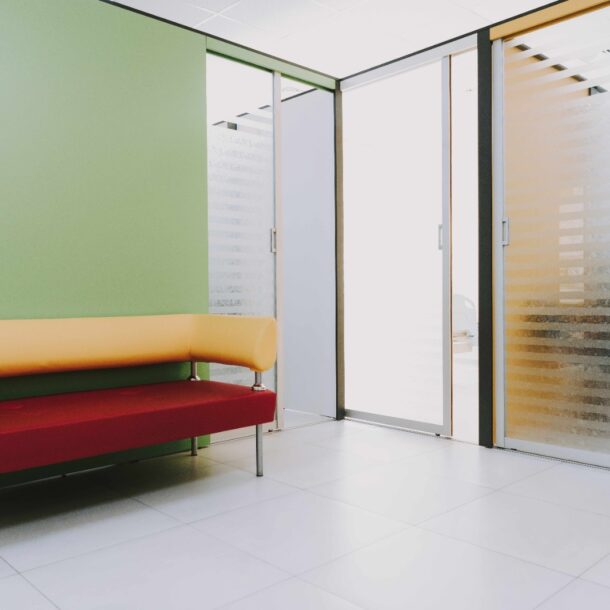Why Fire-Resistant ACP Sheet Is a Must-Have: Future-Proofing Your Architecture
Why Fire-Resistant ACP Sheet Is a Must-Have: Future-Proofing Your Architecture
In today’s rapidly evolving world, architects, designers, and builders are constantly seeking innovative materials to ensure the safety, durability, and aesthetic appeal of their structures. Among the plethora of options available, one material stands out for its exceptional properties, Fire-Resistant Aluminum Composite Panel (ACP) sheets. In this comprehensive guide, we delve into the significance of incorporating fire-resistant ACP sheets into architectural projects, exploring their benefits, applications, and the imperative role they play in future-proofing architectural designs.

Understanding the Importance of Fire-Resistant ACP Sheets
In recent years, the frequency and intensity of fire-related incidents have underscored the critical need for fire-resistant building materials. Composed of two aluminum layers sandwiching a core material, these panels have long been favored for their lightweight nature, durability, and versatility. However, traditional versions were susceptible to fire hazards due to the combustible nature of their core material.
Fire-resistant panels are a revolutionary solution engineered to withstand fire outbreaks and mitigate potential risks. These specialized panels are equipped with a fire-retardant core, typically made of non-combustible mineral compounds, ensuring enhanced fire safety without compromising on structural integrity or design flexibility.
Key Advantages of Fire-Resistant ACP Sheets
Superior Fire Resistance:
The primary advantage of fire-resistant panels is their ability to resist ignition and inhibit the spread of flames. By incorporating these panels into building facades, interior partitions, and cladding systems, architects can significantly enhance the fire safety standards of their projects.
Enhanced Durability:
Beyond their fire-resistant properties, aluminum composite panels (ACP) are renowned for their durability and weather resistance. Whether exposed to extreme temperatures, moisture, or UV radiation, fire-resistant panels maintain their structural integrity, ensuring long-term performance and minimal maintenance requirements.
Architectural Versatility:
Fire-resistant panels offer architects unparalleled design flexibility, allowing for the creation of visually striking facades, intricate patterns, and customized finishes. From contemporary office buildings to residential complexes and commercial spaces, these panels seamlessly integrate with diverse architectural styles, elevating the aesthetic appeal of any structure.
Sustainable Solution:
Sustainability is a paramount consideration in modern architecture, and fire-resistant panels align with environmentally conscious practices. With their recyclable aluminum components and non-toxic core materials, these panels contribute to green building initiatives and minimize environmental impact throughout their lifecycle.
Applications of Fire-Resistant ACP Sheets
The versatility of fire-resistant ACP sheets lends itself to a myriad of architectural applications, including but not limited to:
Exterior Cladding Systems:
In modern architecture, it is crucial to protect buildings from external fire hazards while also improving their external appearance. Architects enhance the visual appeal of the urban landscape by strengthening buildings against possible fire threats and improving their aesthetic appeal through the integration of fire-resistant exterior cladding technologies.
Interior Partitions:
The installation of fire-rated interior walls is a fundamental component in modern building design, providing a dynamic framework for improving structural integrity and occupant safety. Through the careful construction of barriers with predetermined fire ratings, architects and designers successfully divide spaces inside buildings, allowing for optimal use of available space while putting the safety of residents first in the case of a fire.
Signage and Branding:
ACP’s are an ideal material for signages and branding as they are highly durable and resistant to weather conditions, including UV radiation, rain, and extreme temperatures. Hence signages made with ACP’s tend to have a longer lifespan compared to other materials. ACP’s can also be easily customized to match specific brand colors and design requirements, allowing businesses to create unique and eye-catching signage that reflects their brand identity effectively.
Furniture and Fixtures:
ACPs can be incorporated into furniture as the backing material for cabinets or drawers. This prevents termites from having access to the wood, hence mitigates damages by termites.
The adoption of fire-resistant panels represents a paradigm shift in architectural design and construction practices. By prioritizing fire safety, durability, and design innovation, professionals can create structures that not only withstand the test of time but also foster safer, more sustainable communities. As we navigate the complexities of a rapidly changing world, the incorporation of fire-resistant panels is not just a choice, it’s a necessity for future-proofing our built environment.
Office Address
Opening Hours
Monday to Saturday | 10:00 AM – 8:00 PM
Philosophy
“Building your own home is about desire, fantasy. But it’s achievable anyone can do it.”


